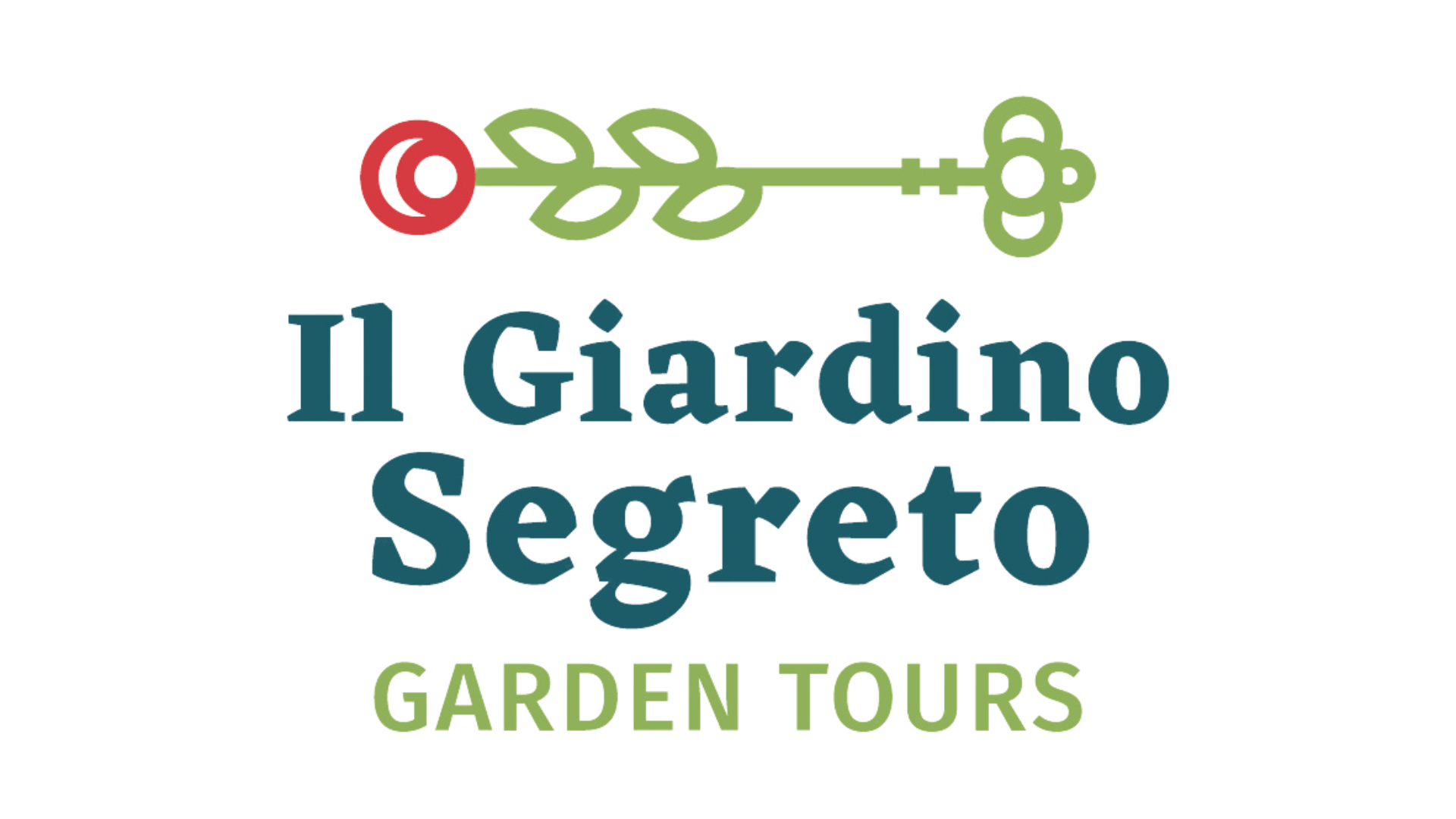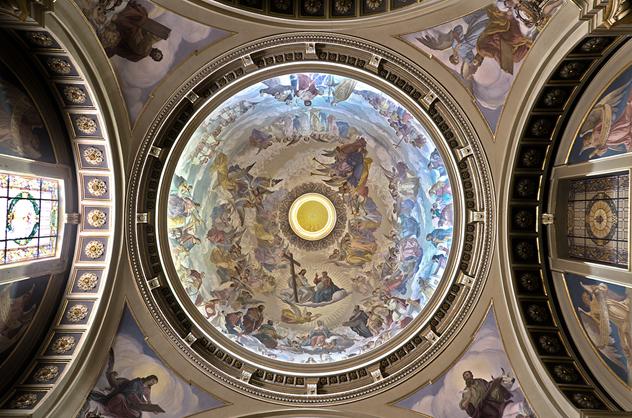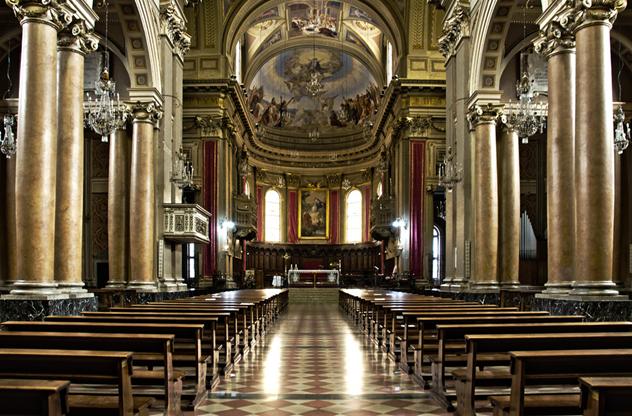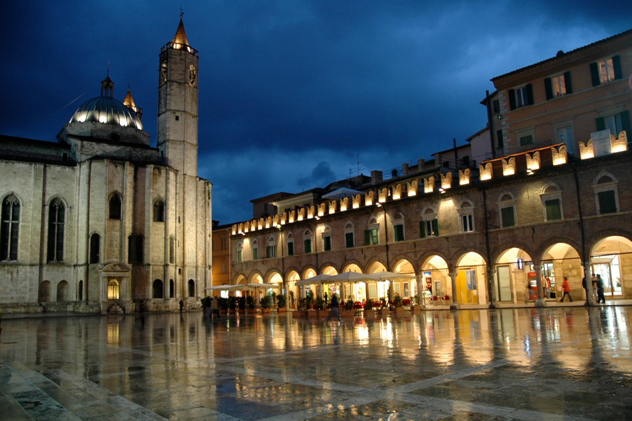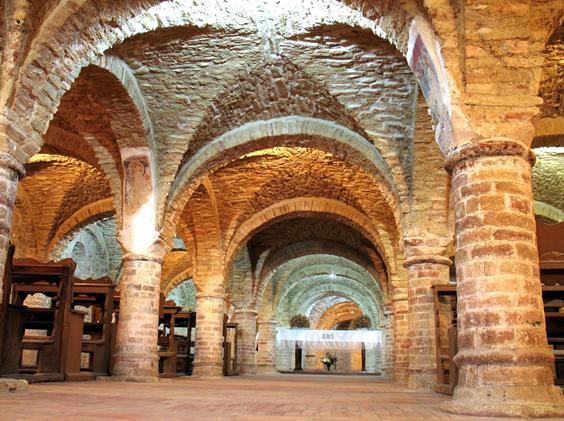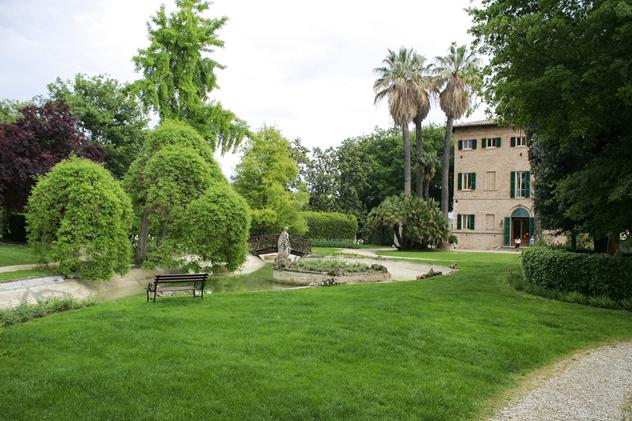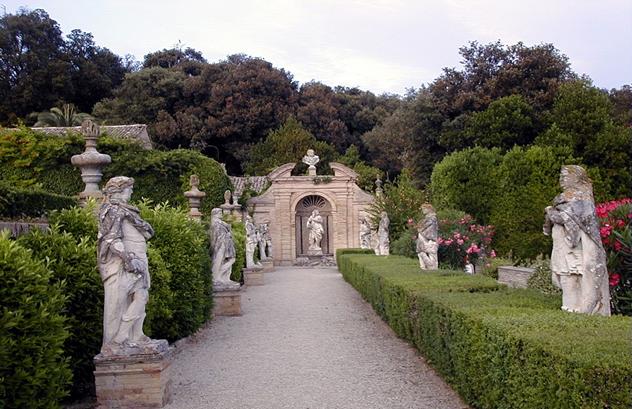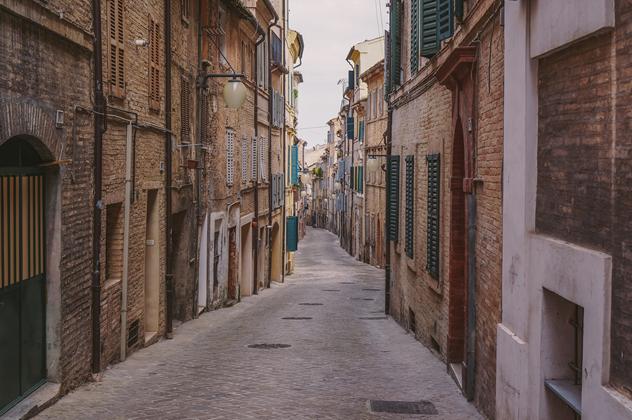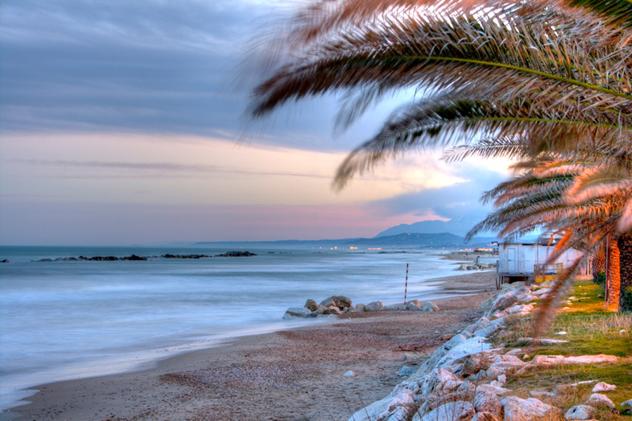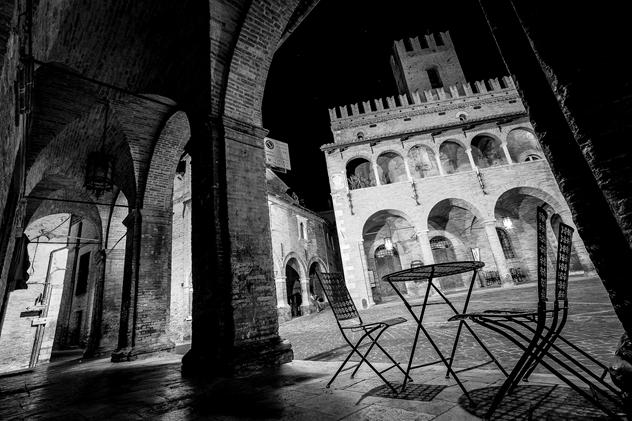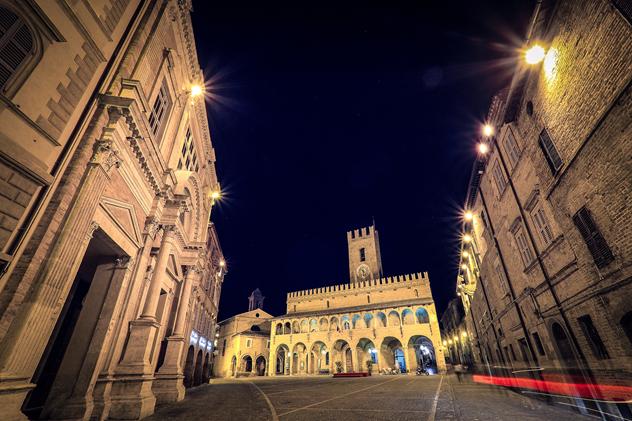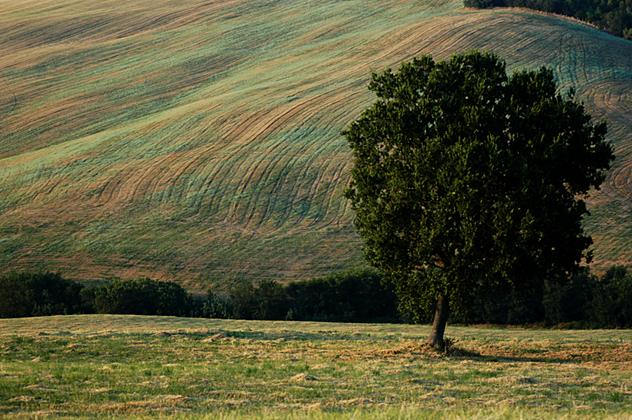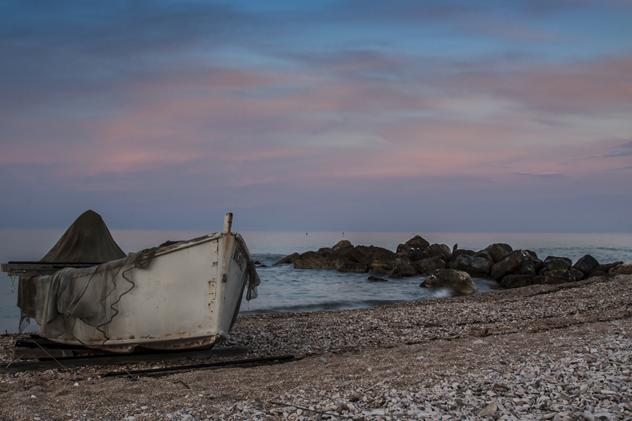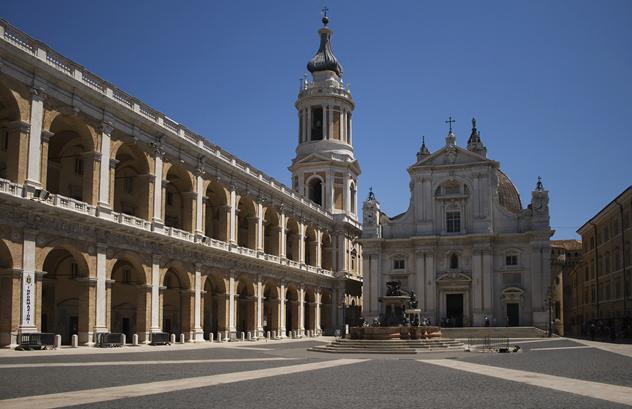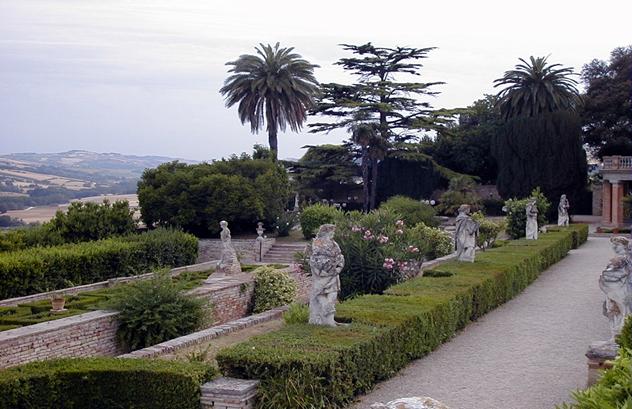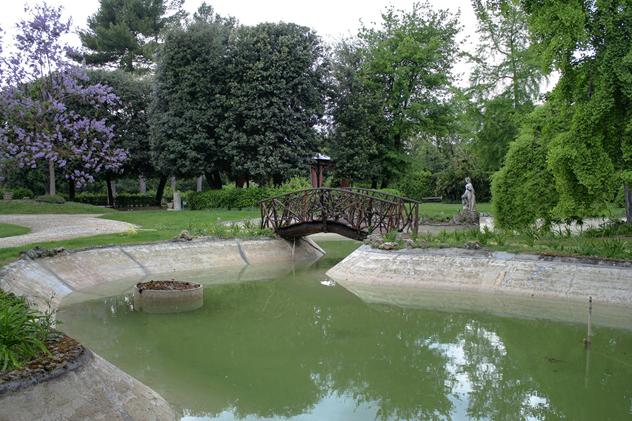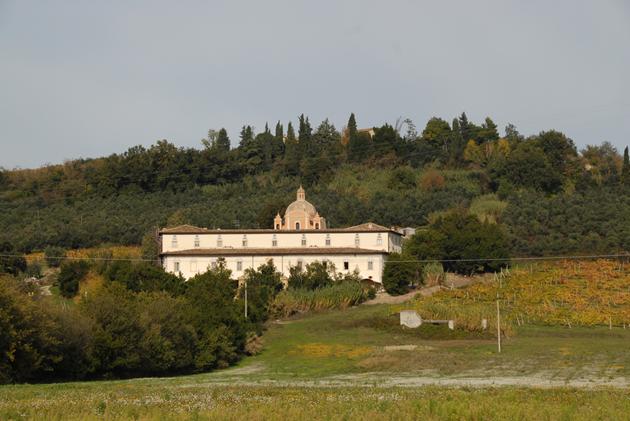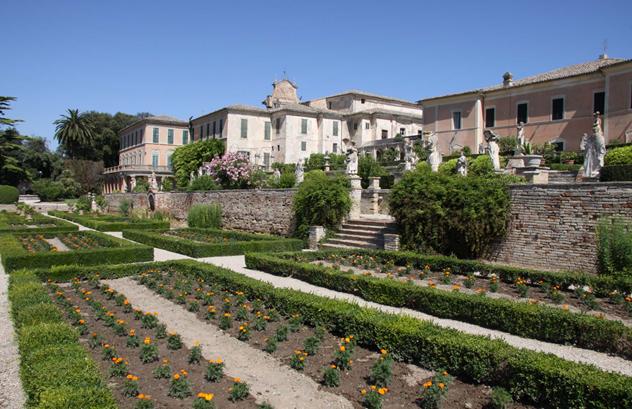

CONDITIONS
TOUR INCLUDES
- Three nights with breakfast at the hotel;
- All dinners;
- Lunch at La Villa Pantiera;
- Lunch at Villa La Pieve;
- Lunch at the Palace of Casapiccola;
- of Italian speaking guide service for the duration of the tour;
- Bus available for the whole tour;
- The inputs and guided tours of the gardens and monuments mentioned in the tour;
- Promotuscia assistance;
- medical and baggage insurance.
TOUR DOES NOT INCLUDE
- Airplane flight;
- Drinks with meals;
- Porter at the hotel;
- Tourist tax in Hotels;
- Extras, tips and what not mentioned in “The fee includes”;
HOTEL
ITINERARY
THE TREASURE OF MARCHE
An exclusive tour through villas and private historical residencies off the beaten track
Day 1
Arrival in Roma Termini train Station and/or Roma Fiumicino Airport.
You will meet with your tour guide Sara Giorgi, and transfer by private bus to Villa La Pantiera in Martinsicuro. Arrival late in the morning. The owner Mrs Dora Taliani De Marchio, who is the Vice President of the Garden Club of Marche, will be waiting for us.
Lunch offered in the villa (included).
The building dates back to1640, and the structure exterior was restored in the early twentieth century. The house was originally founded as a “hunting lodge, and it owes its name to this activity. Lunch in the Estate. In the afternoon visit to Offida, with its striking old town centre and Saint Maria’s Church. Afterwards, transfer to Ascoli Piceno Check-in to the elegant Hotel Villa Picena **** in Ascoli Piceno. The hotel is set in a secular park of about 8000 square meters in the heart of Tronto Valley. The complex was obtained from an ancient dwelling of 1860.
Dinner in hotel.
Day 2
Breakfast in hotel.
In the morning visit to Ascoli Piceno, monumental city, whose historical centre is built entirely in travertine, marble extracted from the nearby quarries. Its centre is the Renaissance Popolo square, where stands the Capitani Palace, and Saint Francesco’s Church.
The city owes its fame to its geographical location. The sea and mountains, history and nature, make this area one of a kind.
Lunch, ( included), in the characteristic Caffè Meletti at Popolo square with splendid views of the main square of Ascoli.
In the late afternoon transfer to Villa Seghetti Panichi ,where we will be greeted by Princess Giulia Panichi Pignatelli, the current owner and lover of botany, who will reveal the secrets of the Villa that these days hosts an Exhibition of Contemporary Art. The park was designed by the German botanist Ludwig Winter, famous for its exotic plants, where you can admire species of rare beauty.
Dinner in hotel.
Day 3
Breakfast in hotel and departure for Macerata.
Guided tour of the city included the Cathedral, the Sferisterio(neoclassic open theatre initially built to host the game of “Pallone col bracciale”, (ball with bracelet), and is now used for cultural and artistic events) and the old town centre.
In the late morning transfer to Villa La Pieve where we will be the guests of the family Giochi Costa. The Patrician Villa of the1700 with its Park and the Historic Garden, is located on the outskirts of the city, on the hill overlooking the Valle dei Chienti. The architecture of the villa responds to the simple and austere elegance of the 700’ patrician villas of Marche.
Lunch in the villa and then visit to the property.
Return to Ascoli and dinner in the Hotel.
Day 4
Breakfast in hotel.
Departure for Recanati, a journey through the striking places, which the famous poet Leopardi mentioned in his poems: the square of ” Il Sabato del Villaggio”, the hill of the ”l’infinito”, the hill of “ Passero Solitario” and the interesting art gallery.
Transfer to Casapiccola Palace. The palace was built between the seventeenth and the eighteenth century to host important priests who went on pilgrimage to the nearby Sanctuary of Loreto. In the mid-nineteenth century, Domenico of Casapiccola, the great-great-grandfather of the current owner who resided in Vienna, moved with his family to Recanati, where he bought the palace. The ceilings on the main floor have important frescoes of the eighteenth and nineteenth centuries, representing mythological and grotesque scenes.
The “Italian” garden dates back to the construction of the palace, and is located to the west, looking at the “Il colle dell’infinito”.
Lunch offered in the palace.
In the afternoon visit to Villa Bonaccorsi. At the top of a hill, in a panoramic position, rises the Buonaccorsi complex. The Buonaccorsi family in Macerata possessed a large agricultural estate, which was controlled by its fortified palace. The building was built in the 16th century on the remains of a former settlement and has, in addition to the mansion, gardens, stables, terraced houses and a small baroque church dedicated to Saint Francesco.
Between the church and the palace stands the “Secret Garden”, designed after 1665. The eighteenth century garden (1720) is believed to have been designed by Andrea Vinci, or his collaborators, on the traces of a pre-existing garden. On the south side of the hill there are five terraces. The first one welcomes the “secret garden” and the grotto “of the friars”. The second terrace contains formal flower beds revived by statues depicting Harlequin and Pulcinella. The third terrace is characterized by “vile of the emperors”, and in a niche there is the statue of the goddess Flora. On the fourth terrace there are other formal flower beds. The last terrace is of a recent era. In the garden there are also various fountains but not all of them work. There are hundreds of citrus trees, in espalier structures orin large pots of terracotta of 800’.
Beyond an imposing wall, there is a vast, English-style wood with an artificial lake and a small hill from which you enjoy a wonderful view to the sea.
Time to take a short stroll in the characteristic old town centre of Macerata with the famous Sphaeristerium, a grand neoclassical building, erected for ball bracelet game and today used for cultural and artistic manifestations.
Return to hotel, and dinner
Day 5
Breakfast in hotel and departure by bus.
We will meet your tour guide, Sara Giorgi.
In the morning guided tour of the beautiful Villa Sgariglia in San Benedetto del Tronto. A classic example of an eighteenth-century villa of Marche, surrounded by an extraordinary esoteric garden of the same era. Villa Spariglia was built between 1760 and 1770. It is situated on a hill in the territory where the towns of Grottammare and San Benedetto del Tronto are near by, and once was called Contrada or Castelli D’Ischia. This area of the 18th century was part of the great agricultural fund owned by Marchesi Sgariglia. The Villa was built by the Giosafatti (a family of artists and architects known in Piceno for three generations) on the remains of a twelfth century Dominican convent. The only parts left are a tunnel in part collapsed, whose passage below the hill reached San Benedetto del Tronto tower. It was an escape route during the incursion of the Moors.
Departure for Rome Termini or Fiumicino airport and end of the tour.
